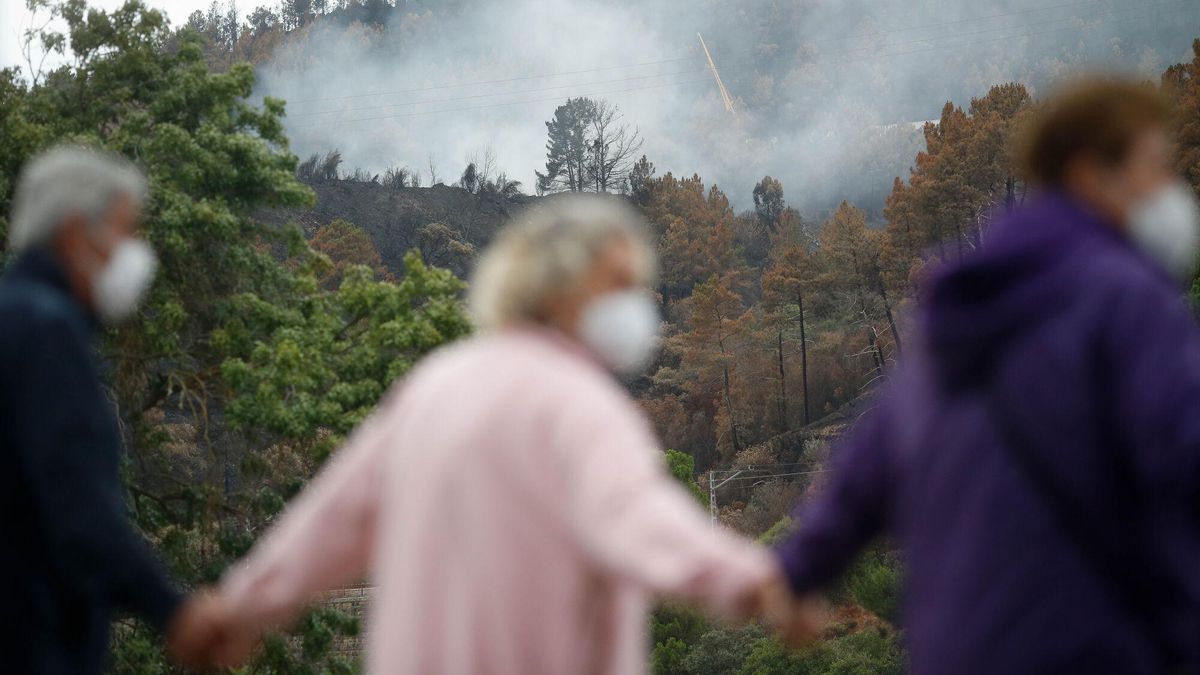During the 1980s, Los Cristianos established itself as one of the most significant tourist centres in both the south and the wider region of Tenerife.
The construction of basic infrastructure, the growth of the port, and the boom in the tourism sector characterised that era. However, since then, this coastal district of Arona has not experienced major works to address population growth, increasing traffic, or tourist pressures.
Forty years later, Los Cristianos is suddenly facing a comprehensive transformation process that promises to redefine the locality over the next decade.
The coastal enclave will serve as the venue for a series of initiatives aiming to reorganise the urban area, improve mobility, and modernise its public facilities as currently known.
This is not a collection of isolated projects, but rather a plan that the authorities insist on presenting as an “integrated and inclusive approach.”
Pedro Suárez, President of the Santa Cruz de Tenerife Port Authority, summarises: “It seemed logical that an integrated management approach was necessary. It is a joint solution.”
The catalyst for this initiative is the Partial Plan for El Mojón. After 30 years of bureaucratic delay and stagnation, the Arona City Council has managed to unlock the largest area of urban land awaiting development in the Canary Islands.
Mobility and Underground Solutions
In its premises, plans include 8,900 tourist beds distributed across four hotels, alongside housing, various public spaces, and parks.
The local Urban Planning Councillor, Javier Baute, acknowledges this as a historic opportunity for the municipality: “Major and important infrastructure is anticipated that will provide the services required by the residents of Arona.”
The urban development of El Mojón will increase the accommodation capacity of the area, necessitating a rethink and modernisation of mobility and access to Los Cristianos.
Here, significant complementary projects come into play.
With over 20,000 residents and a steady influx of tourists, Los Cristianos has been suffering from chronic congestion for years, particularly at two critical points: Avenida Chayofita and Avenida Juan Carlos I.
In the Abona and Southwest regions, 25% of the entire island’s mobility is concentrated, with 70% of those trips being internal. These figures highlight the urgent need to reorganise and improve access and exits from one of the busiest areas in southern Tenerife.
To tackle this challenge, the Tenerife Cabildo and the Canary Islands Government are promoting two key projects. The first involves the undergroundisation of Avenida Chayofita, transforming the current access into an underground section from before the municipal sports complex to its junction with Avenida Juan Carlos I.
Additionally, an extension of the underground section is planned along Juan Carlos I itself, connecting to the parks of the new development and the motorway. This project, previously off the radar, is in its final stages of definition and will undergo public scrutiny.
The design of this infrastructure will follow a concept similar to Avenida 3 de Mayo in Santa Cruz, featuring a gradual slope to avoid vertical access points and ensure functional and safe integration.
“We are fighting to ensure the underground structure reaches as far up as possible to genuinely alleviate congestion in Los Cristianos. This proposal has already been accepted by the Canary Islands Government,” says Baute.
The expectation is that the tunnel will reach Calle Alabastro, although it will not extend to the roundabout of the TF-1 due to “technical limitations,” as explained by Eulalia Garcia, the Tenerife Cabildo’s Mobility Councillor, to this newspaper.
Both projects share a common diagnosis: without relieving surface traffic, Los Cristianos cannot cope with planned growth.
The future of mobility also includes the arrival of the Southern Train, a long-debated and historic project that has recently taken a significant step forward following the signing of a funding commitment from the state with the Canary Islands Government, for an estimated infrastructure cost of €2.5 billion.
The first phase, prioritised and expected to cover the stretch between Costa Adeje and San Isidro, will feature one of its main stations in Los Cristianos.
Transport Hub and Southern Train
As part of the project’s integration, the Cabildo is also promoting the construction of a new transport hub on Avenida Chayofita, replacing the current bus stop, which is outdated and inadequate for current needs.
With over 8,000 square metres, the complex will include an underground car park for 200 vehicles, 18 bus bays, and a service building. Notably, it will reserve space to link with the future railway station. Like the underground project along the namesake avenue, this project has already been drafted.
The Port: A Critical Junction
According to Suárez, “technicians are studying this entire set of works to ensure they are complementary. Otherwise, one could undermine the other.”
The port of Los Cristianos, the gateway to La Gomera, La Palma, and El Hierro, handles thousands of vehicles and passengers daily. Its congested access routes represent one of the primary urban challenges.
The Port Authority is working on a renovation project that includes a new terminal, an underground access road, and two levels of parking facilities.
Another key initiative is the tunnel that will connect the dock directly with Avenida Chayofita, a project currently under feasibility study for excavating a geological tunnel beneath the Chayofita mountain, potentially opening a new traffic corridor to the TF-1 from the port.
The aim is to manage port traffic without overwhelming local arteries.
“In one way or another, Los Cristianos has grown in a disorderly manner. We must first consider the road connection; otherwise, it will hinder the development of other infrastructures and areas,” admits Suárez.
Beyond mobility and access, Los Cristianos will also see its waterfront transformed. The Las Vistas promenade is set for a comprehensive renovation commencing in 2026. Unless there are last-minute changes, this will be the first intervention to commence.
The Cabildo insists that this operation is “designed to modernise public spaces and enhance its appeal for both tourists and residents.”
This intervention completes the landscape of works, not only aiming to resolve bottlenecks but also to enhance the experience for residents and visitors in a locality striving to become Tenerife’s economic engine.
All initiatives are progressing simultaneously, albeit at different stages. Some are in preliminary studies, others in bidding processes, and several are ready to commence works.
This variety in timelines creates uncertainty regarding the actual synchronisation of the projects and the potential disruptions to the daily lives of Los Cristianos residents.
Synchronisation of Timelines
“What is clear is that there are different speeds. Regarding the city council and the development of El Mojón, I cannot confidently say whether any of the works will coincide in timing with our project,” admits Baute. “The partial plan was approved in 1996, and it has been a lengthy process. Each initiative will follow its own pace.”
Despite these varied timelines, the involved administrations assert they maintain “constant contact,” with periodic meetings that they describe as “enriching.”
It seems evident that Los Cristianos is facing the most significant transformation since it became an international tourist destination.
A transformation that, as authorities agree, must not progress in a fragmented manner.
“These are projects driven by different administrations, but they are complementary,” emphasises Suárez. “The key is that, collectively, they allow for the reorganisation and growth of the area.”














